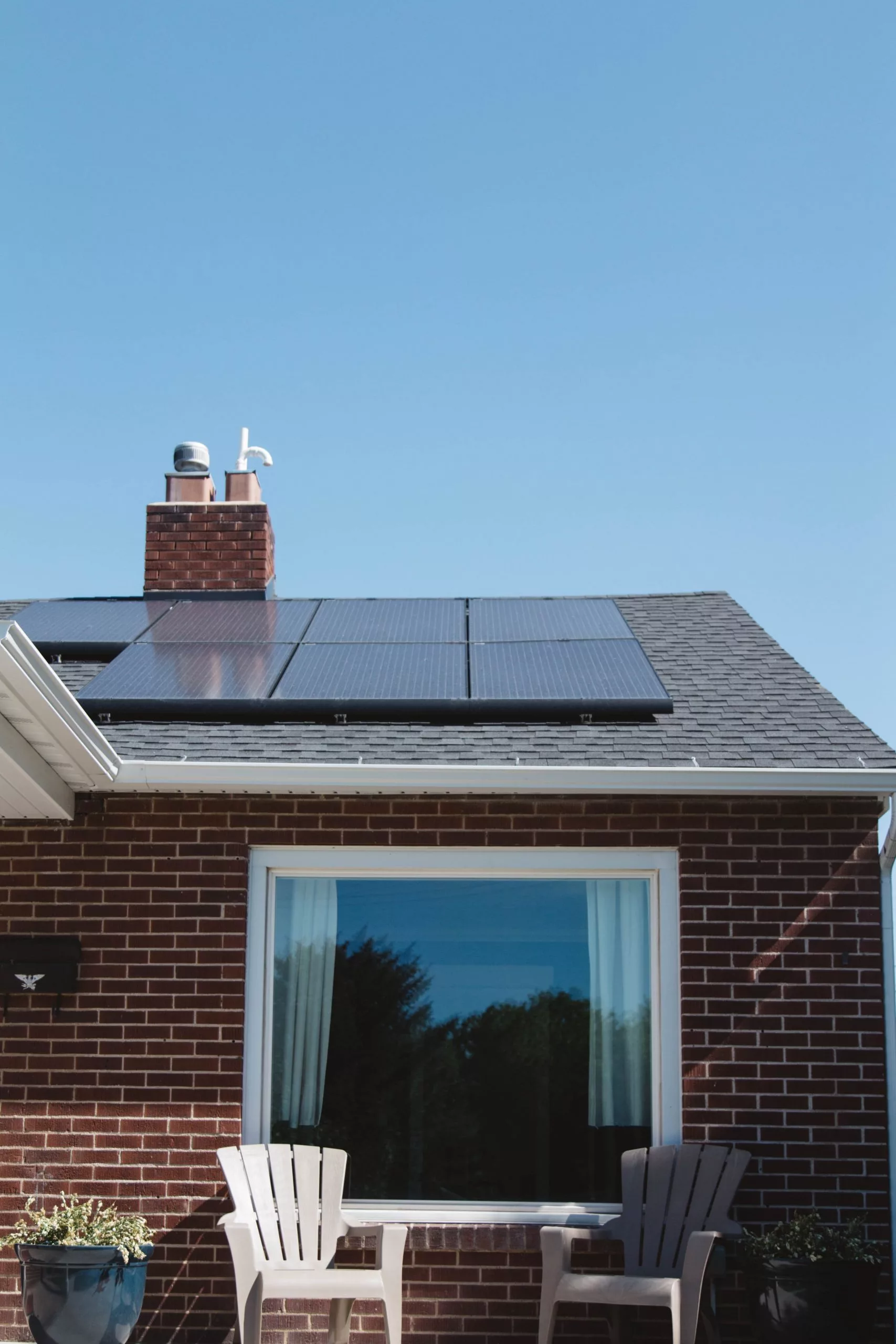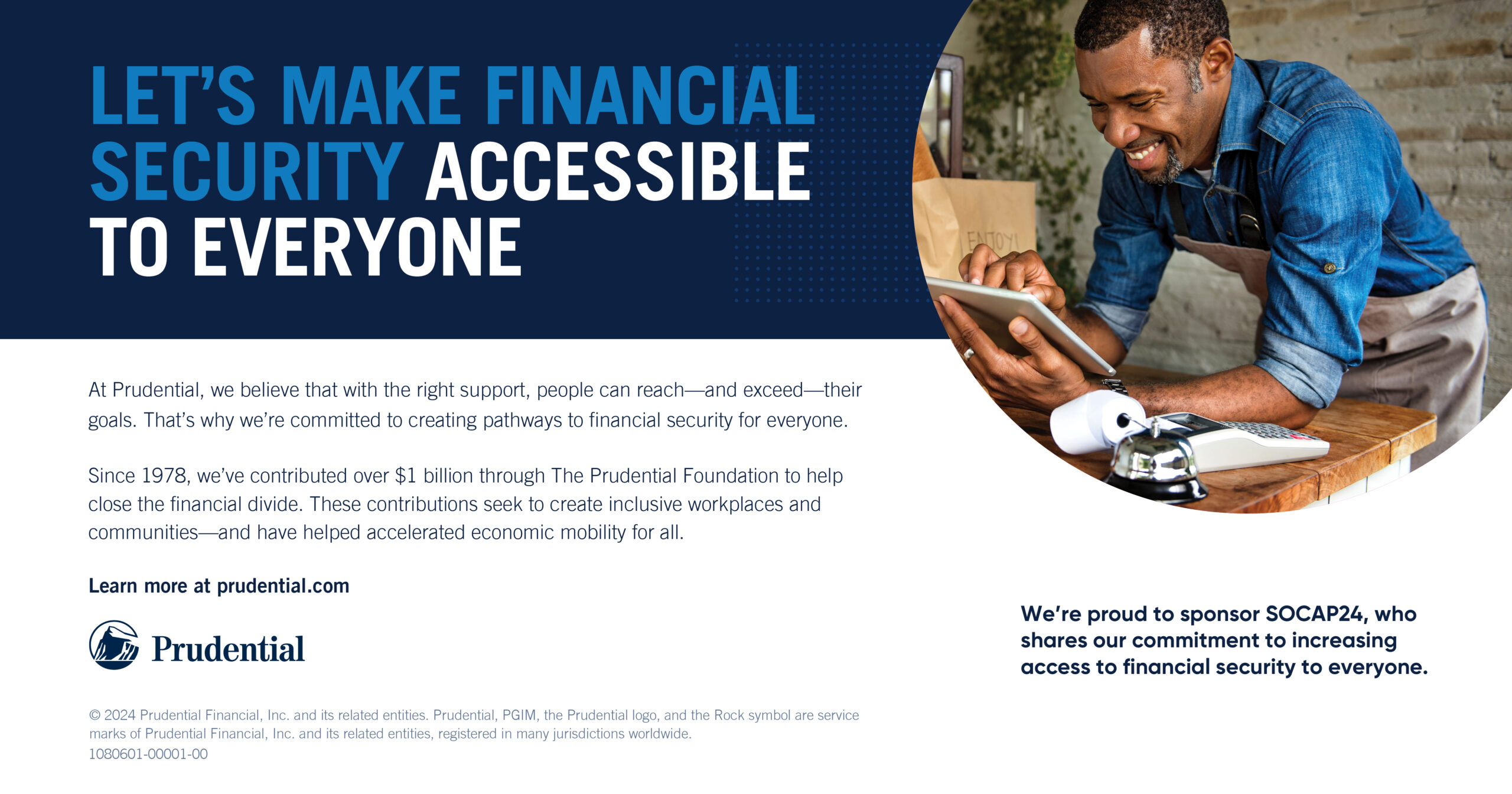Creating an eco-friendly living space has become an economically efficient activity for many of us. Whether you’re a homeowner or looking to let your property out, creating a sustainable living space and not only keep living costs down but benefit your home as a whole.
Developing sustainable housing can carry plenty of benefits, from cost-efficiency to the rewarding factor of helping the environment.
Typically, eco-friendly property owners can benefit from having lower bills, better energy efficiency, and cheaper maintenance costs. All of which can add to the benefit of helping to build a more sustainable future.
In a world that’s becoming increasingly aware of the severity of the climate crisis, it’s becoming increasingly simple to make changes and create greener, more sustainable homes. Significantly, it’s also becoming cheaper than ever before for homeowners and landlords alike. In fact, the demand for environmentally friendly homes rose by as much as 141% in 2019. Sustainability is high on the agenda whether you’re aiming to build an environmentally conscious home to live in or to let out to renters or holidaymakers. With increasingly simple means of driving down the carbon footprint of your properties and greater economic efficiency, there are plenty of opportunities for more of us to embrace more sustainable living. Let’s take a deeper look at the finances behind building a carbon-neutral home:
Embracing Renewable Energy
Creating energy efficiency throughout your home can make a significantly positive impact on your bills. This can pave the way for greater disposable income and better living standards. When it comes to investment properties, whether it’s buy-to-lets or holiday lets, the costs associated with maintaining the home is heavily reduced – leading to more increased profit margins.
The cost of fossil-based energy is continuing to increase on a yearly basis. Notably, utility prices have risen in the US by as much as 15% over the past decade. With a perpetually increasing global population, the demand for energy is only set to increase – leading to more rising costs in the future.
Modern energy-efficient appliances are designed to consume significantly less energy than their predecessors. With this in mind, it’s easier than ever to utilize renewable energy sources to power your home. From solar and water solutions through to smaller fixes like energy-saving light bulbs and booster water heaters. While utilizing solar power and hydraulic energy sources can make a significant difference, the installation costs of all the aforementioned green solutions can comfortably be mitigated through savings on energy bills and lower levels of consumption.
Finding Quality in Renewables
The notion of sustainability can mean more than just eco-friendliness. Green building materials are often recognized as more durable while requiring less maintenance as the years pass by than more traditional, mass-produced materials. This helps to reduce the need for home maintenance, causing homeowners to save money.
Image: Swedish Wood
As the chart above shows, it’s possible to significantly lower your emissions with widely available materials too. For instance, solid wood emits a fraction of the level of kg/tonne carbon as polythene.
This helps to illustrate that, while building eco-friendly homes from scratch can be wholly cost-effective and rewarding for homeowners, there are still plenty of improvements that can be made to adapt your existing properties to be more environmentally friendly. After all, it’s generally agreed by environmental scholars that one of the best ways of practicing sustainability is by adapting what you already have, rather than crafting something new altogether.
It’s worth remembering that the construction industry alone is responsible for as much as 40% of energy usage worldwide, as well as 50% of climate change and 50% of landfill waste. Construction is also heavily linked to both water, air and noise pollution and the consumption of natural resources. By looking to make sustainable changes to adapt your home, it can carry a profound impact on your carbon footprint. Likewise, using responsibly resourced, durable, and sustainable materials will help to minimize the need for maintenance and upkeep, as well as ensure that said materials carry a longer lifespan.
Eco-Friendliness on The Inside
As well as focusing on the sustainability of building materials and creating eco-friendly homes on the outside, it’s vital to pay attention to what can be done inside your walls. Many mass-produced furnishings and materials can contain low-quality and harmful substances – sometimes this can come in the form of the materials within the product while other times such harmful substances may be involved in their construction process. There can also be huge environmental impacts on the transportation of mass-produced goods.
Another bonus associated with utilizing sustainable materials is that they contain no toxic materials or pollutants. Eco-friendly materials are often produced locally and are more durable. Oftentimes they are also safer to build with and can lead to a healthier environment both inside and around the house.
The appeal of eco-friendly materials has led to increasing demand for Environmentally Sustainable Interior Design (ESID) where all building materials and components of homes are sourced naturally and sustainably.
Despite being largely coveted in the industries of construction and interior design, ESID is still rarely utilized fully by developers. This means that it’s typically down to homeowners to utilize sustainable interiors of their own accord to ensure a high degree of environmental responsibility. By turning to ESID interiors, individuals can not only significantly reduce their impact on the environment, but make their homes much more appealing to prospective buyers.
Adding Value Through Sustainability
The benefits of sustainable homes are becoming increasingly clear among homeowners, house-hunters, and renters alike. With lower costs associated with upkeep, greater durability and a greater standard of living, eco-friendly homes and ESID interiors are certainly building in appeal.
With demand for sustainable homes increasing, naturally their values rise. This has led to environmentally conscious properties attracting consistently higher selling prices than their more consumptive counterparts. With widespread appeal for green homes, studies have found that sustainable improvements to properties could lead to boosted values of up to 38% in some cases. Further to this, as much as 82% of buyers express an interest in spending more on homes with sustainable features. This is especially the case with young buyers.
The perceived value of creating sustainable living space, whether such environmental friendliness can be found in new constructs or through cost-effective tweaks and improvements, are clear to see in the world of real estate. From large scale changes like carbon-neutral construction materials to smaller additions like triple-glazed windows, such adaptations can pay dividends when it comes to eventually cashing in on your home.
As the climate emergency continues to unravel, the demand for eco-friendly housing will naturally increase. Sustainable living will always be its own reward, but setting up your home in an environmentally conscious manner can ultimately bring significant financial benefits along the way.







